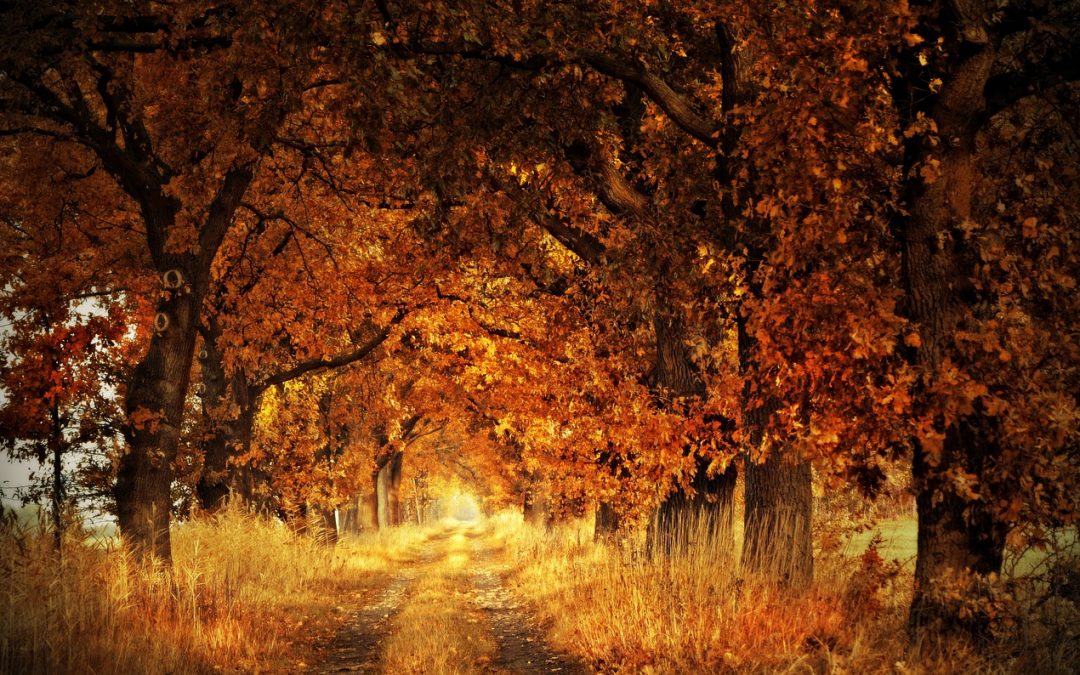
September and Autumn Musings
As summer comes to a close, we reflect upon that which has happened and consider where we go from here. The outward expression of our energies and activities, so much a part of the celebrations of summer, begins to slow down. Time to gather and draw nearer. The harvest is collected and stored for future use. The harvest is more than just what comes from the fields. It is also about the activites, adventures, connections and knowledge we experienced. So the “personal harvest” is also a time to reap and reflect.
What is in your personal harvest basket? What information, lessons and personal connections have helped you understand your life and your world a bit more? Will you be able to use these to create a more complete and satisfying life for yourself? What pieces of your personal puzzle are still missing – or no longer fit?
Colette Baron-Reid, a life coach and spiritual medium, often talks about our ability to “course-correct” at any moment we choose. We perform this course-correction when we are truly present in the Now. This is a great way of saying we have free will and can choose a new direction, reaction or response to whatever life presents to us. At any moment, we can choose another way of thinking, feeling, doing and being, that takes us closer to our personal truth, dreams, goals and life purpose. What a concept! Another way of putting it, we are in the driver’s seat of our personal “magic bus”.
As the seasons shift from the freedom of summer to the routines of autumn, be sure to take time to reflect upon where you’ve been, where you are now and where you want to go. All experiences hold lessons for our growth and development. The Autumn Equinox (September 21/22nd) denotes the time when Nature comes back into balance. Equal day and Equal night. Equal female and Equal male.
So too, we can help ourselves to come back to balance – to Center – once again.
The full moon in September is known as Harvest Moon; a time for giving thanks for things we have received. The harvest can be of tangible things, such as our food, shelter, work and relationships with others. The harvest can also be of intangible things such as personal growth, strength, obstacles that have been overcome. Giving thanks for gifts received always multiplies them. Focusing on what is positive instead of negative attracts more of the same to us.
As your personal vision becomes clearer, you can decide if and when you need a “course-correction” in your life. You have the opportunity to challenge and change direction at any moment. It need not be a huge course-correction, as little steps will make a difference too. Use the power of the changing seasons to help determine what your best life course looks like. Then love yourself enough to set your course to reach your personal destination. If done with the highest intentions for the highest good, you will be on the right path.





Recent Comments